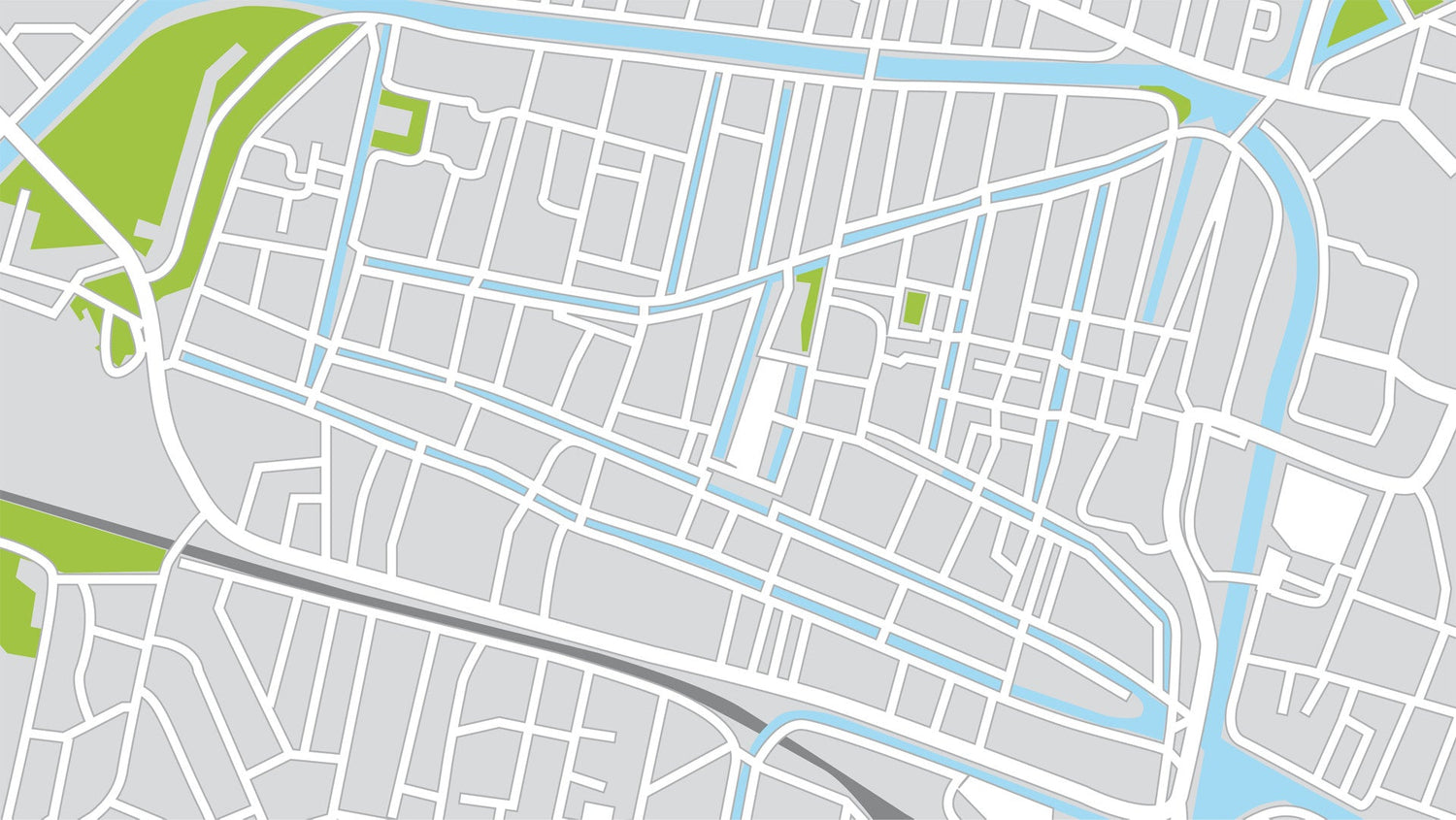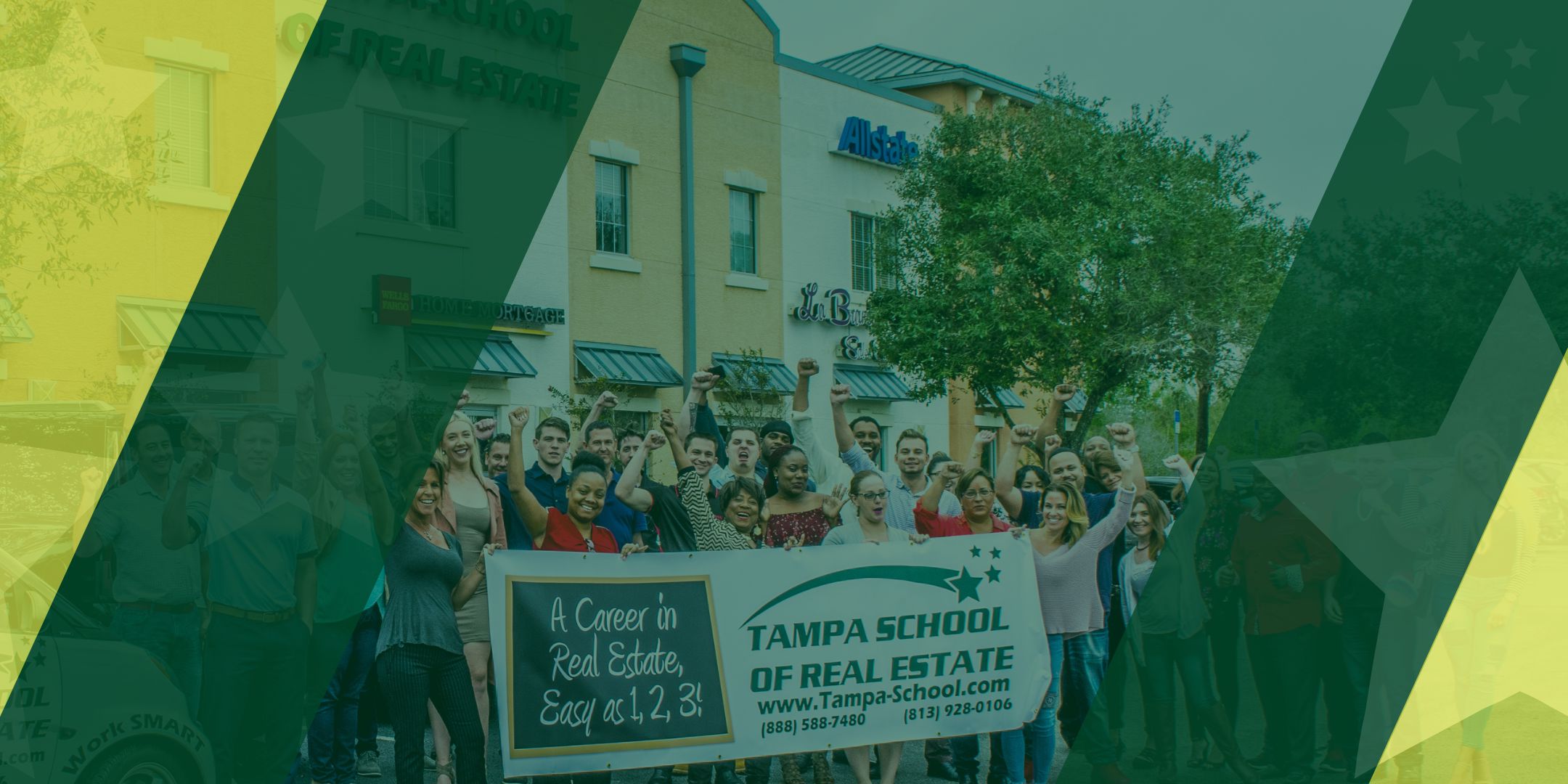If you’re new to real estate, you probably have no idea what real estate farming is.
Maybe you’re doing well in real estate, you probably understand real estate farming.
And if you’re dominating your market, you’re probably a master of real estate farming.
What is Real Estate Farming?
Don’t worry, you don’t need to get out your gardening tools for real estate farming.
The concept of “farming” as it relates to real estate became popular long before the digital age we live in today. The reason it’s called farming, is because the process is very similar to running an actual farm.
First You Plant a Seed
Imagine a successful farmer. Are they successful because they planted a single seed? Absolutely not, if a farmer wants a good harvest, they must plant an abundance of seeds. They plant more seeds than they need to plant because they know that not all the seeds will sprout.
In real estate farming, your seeds are your prospective clients. Getting your brand, logo, face or name in front of them is how you plant a seed in real estate farming.
You can get in front of potential clients in many ways. It could be a direct mailer. Or maybe a bus bench ad or billboard that someone in your farm area sees. It could be an online advertisement that’s targeted at homeowners in a particular area. It could even be you walking through a neighborhood, knocking on doors and introducing yourself as the expert in the area.
What you do to market yourself in real estate farming can come in many forms. The key is that the seed is who you’re marketing to, not how.
Next Your Nurture Your Seeds
Think back to our farmer. We already know that they will need to plant as many seeds as they can to ensure a good harvest. What comes next? Well they certainly aren’t going to just leave their precious seeds to the elements. Maybe they’ll get lucky and end up with a few plants, but if they want to make it worth their while, they need to nurture their crops.
In real estate, you nature your seeds (prospective clients) by continuing to market to them. Think about it. Are you more likely to business with someone you hear of once, or the person or business you hear about over and over again?
Repetition is how you nature you potential real estate clients. And this is where the term farm area should begin to make more sense. You can’t afford to market to the entire state of Florida once, let alone the numerous times required to effectively farm.
You need to narrow your gaze, and identify a farm area that you will market to numerous times. In the marketing world, each time you get your advertisements in front of your audience, it is called an impression.
Reap Your Harvest
Our farmer has planted their seeds. They have spent countless hours nurturing their crops and they are finally ready to reap their harvest. Ready to collect the fruits of their labor. This is the point all their hard work has been building up to.
This is the easy part of real estate farming. Where your phone starts to ring and your email inbox starts to blow up. But most people don’t make it to this point. Most severely underestimate the effort needed to effectively farm an area. If you want to make sure this doesn’t happen to you, then keep reading.
Why You Need to Farm
Farming is essential to your long-term success in real estate. If you want to grow your real estate business, you need to farm. Just like a farmer who will not instantly get an edible vegetable as soon as they plant a seed, real estate farming takes time.
Do not expect to get any business just from planting your seed. Sure lightning strikes occasionally, and some will be lucky enough to get a deal on their first marketing effort to a potential client, but this is extremely rare.
It’s All About Repetition
Plan on needing 7-9 impressions, or times someone sees your advertisements, just for them to remember who you are. That’s right, we’re not even talking business yet, just your audience knowing your name.
Let’s say you are sending post cards. Think about the mail you get. What do you do most of the time you get a marketing piece? If you’re like most people, it goes straight in the garbage. But before you do that, you quickly glance at it and decide if it’s something applicable to you.
These short glances add up over time, and after they see your name, face, logo or brand 7-9 times. They won’t just think: “junk”. Stay consistent in your marketing efforts and after 7-9 times of thinking “junk”, they’ll start thinking “junk from that realtor”.
Now we’re making process. We’ve gone from complete obscurity in the minds of our potential clients, to them beginning to know who we are.
You’re not done! Only a fool would give up at this point. The unfortunate truth is that most marketers do give up at this point. Say we’re sending out post cards once a month, that means that we need to do this consistently for 7-9 months before we even start to be recognized. Most marketers run out of advertising budget by now. But not you, because you’re going to keep reading about how to correctly plan for farming.
Develop Your Real Estate Farming Plan
Failing to plan is planning to fail. Developing an effective farming strategy can be very expensive and time-consuming, especially if you make one of the 7 deadly mistakes of real estate farming.
To create an effective real estate farming strategy, it’s crucial that you choose the correct farm size. Let’s say you want to market to the Tampa Bay Area. Currently the Tampa Bay Area has a population of about 3 million people. You can probably already tell that is too ambitious for even your biggest names in real estate.
If we could send a postcard out for 70 cents each, you’d be spending $2.1 million to plant your seeds. Maybe you can get that price lower with bulk mail, or a digital strategy like Facebook. But, even if you cut that number in half, you’re still spending over a million dollars.
It’s like running a super bowl ad once and expecting to have business forever. You’ll get great exposure, but remember 7-9 impressions to create recognition. So again, we have to narrow our gaze. Even this slight level of foresight will help you better plan an effective farming strategy.
Start Your Farm Small
To start out, you probably want to pick a single neighborhood with no more than 1000 homes. Even this could be too large for new agents. Remember that repetition it what will ultimately lead to our success.
First let’s determine what you can commit to spending on your real estate farm area for a year. Then divide this by 12 to determine how much you can send a month. If you want to budget $1,200 for the year, then you would have a monthly farming budget of about $120 a month.
Once you have your monthly budget in mind, you can now explore how you can market to potential clients and how many you can afford. It’s better to start with a smaller farm area as you can always increase it as you start to get business.
It’s also smart to not start with super expensive marketing. Even if your full color multi-page mailer is the greatest real estate advertisement known to man, the reality is, it will still probably end up in the trash. If you can afford more expensive marketing, that’s fantastic. If you want to really reap the benefits of real estate farming, go for a larger farm area before you choose more expensive marketing pieces.
Not sure how many people you need in your farm area? Try out our Interactive Real Estate Business Plan Calculator to gauge how much business you’ll need to hit your real estate income goals.
Stay Committed to Your Farming Strategy
Anything worth doing is worth waiting for. Farming is especially worth waiting for. Again, don’t expect to strike gold with your first round of marketing. Farming is a game of repetition and waiting.
The average home buyer in the US moves every 5-7 years. Hopefully you farm area has more people close to that mark, but only time will tell. The only sure-fire way to make sure your farming strategy is effective is to stick with it.
Maybe you didn’t plan for the attention your farm area needs to be effective. Rather than cut off your farming all together, just reduce the size. Trim out the parts of your audience that are least likely to buy or sell.
Another way to keep farming even if your budget is drying up is to put in some sweat equity. That’s right, get out there and spend your time until you have money to buy time. Door knocking is one of the most effective forms of real estate marketing, but boy are those Florida summers hot.
Stay committed to your farm area and continue to nurture it until you get a deal. The worst thing you could do is throw away all that time, effort and money you have invested in your real estate farm area.
Want to learn more about farming? Watch the Real Estate Farming episode of State of Real Estate.






